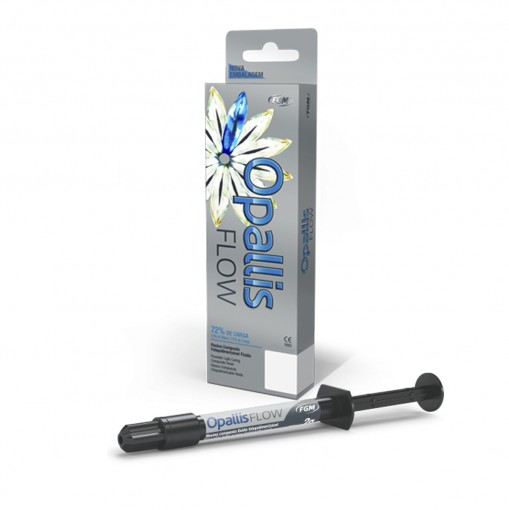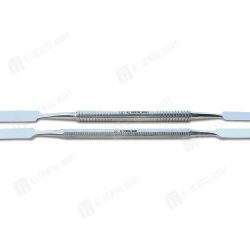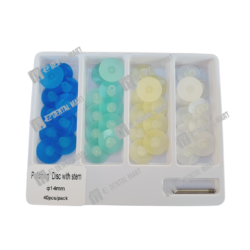Description
Benefits
Excellent adaptation to cavity walls:
Lower risk of infiltration.
Easy application and low viscosity:
Allows the filling of cavities with high roughness and difficult access.
High mechanical strength:
72% fillers of weight.
Recommendations
- Small CL I cavities without significant occlusal demand to be restored according to the minimally invasive technique;
- Pit and fissure sealant;
- Tunnel-type preparation;
- Repair of enamel defects;
- Bonding of dental fragments;
- Composite resin repairs;
- Non-carious cervical lesions.
Step By Step
- Shade selection: To select the composite shade that is compatible with thenatural teeth shade, perform prophylaxis. The teeth must be clean and hydrated, without isolation, as dehydration can change the teeth shade.
- Prepare the cavity and keep the tooth free from contaminants, preferably with absolute isolation.
- The application of phosphoric acid and dental adhesive must follow the protocol of the respective products used.
- Apply the material directly onto the cavity using the applicator pointer. Eachlayer applied should not exceed 2mm thickness. Light cure each layer for 40 seconds.
- Opallis Flow may be used combined with conventional composite resins, allowing sculpting and catering to the mechanical demands of chewing.
- Check for occlusal contact, and finish and polish the restoration. For finishing, you
- may use sanding disks Diamond Pro (FGM), or burs of fine granularity; for polishing, we recommend using felt disks Diamond Flex (FGM) and polishing pastes Diamond Excel (FGM).












Reviews
There are no reviews yet.